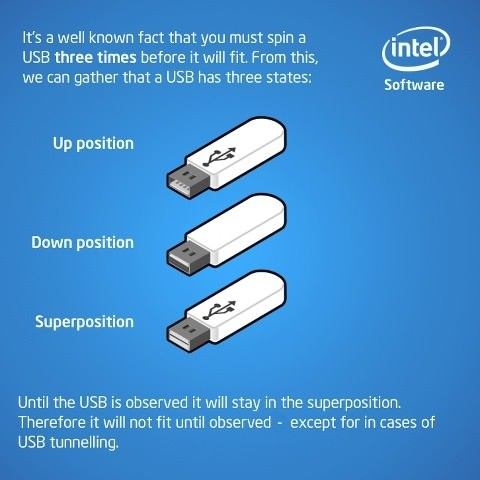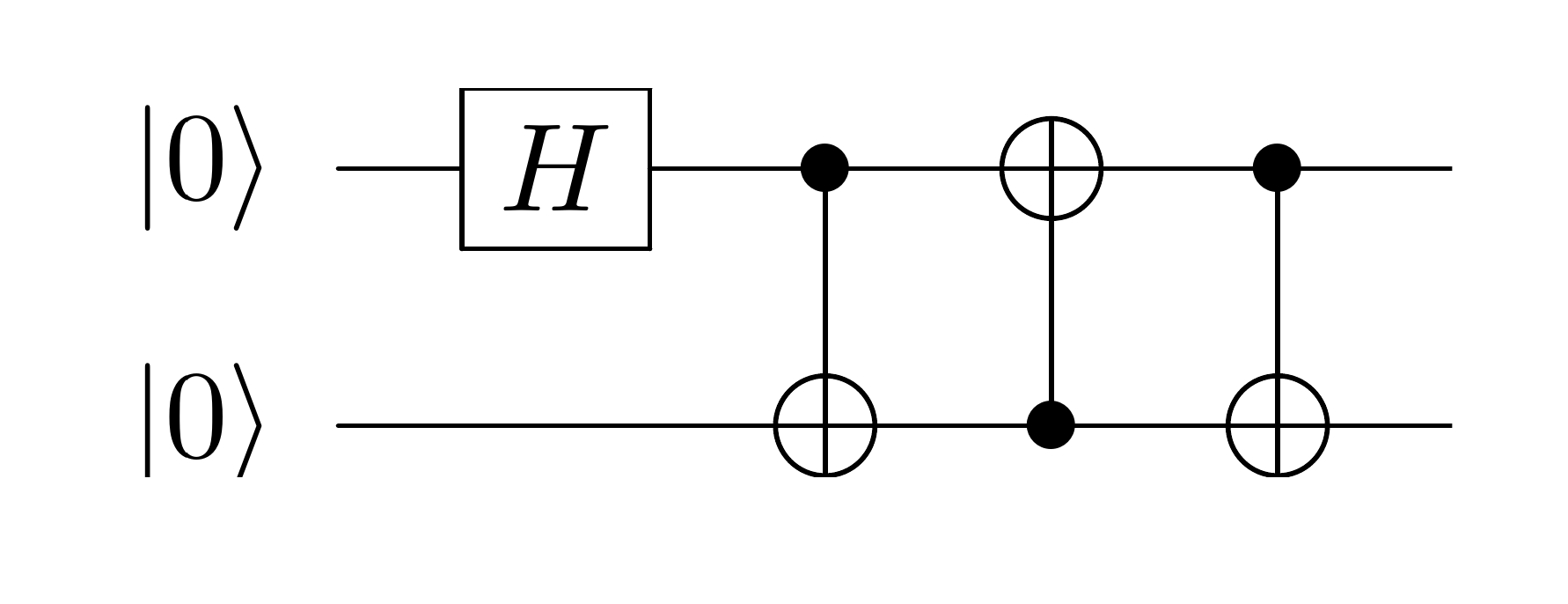Quantum Grading, Tue 2021-12-15
Table of contents
1 Grade computation
It is now too late to protest grades that were uploaded to gradescope before the last class.
Weights are based on the syllabus.
Since there was only 1 in-class presentation, it was deleted from the grading weights and everything else was multiplied by 1.111.
Some things labeled as homeworks for convenience were really presentation or project.
-
The final project/paper grade was subdivided as follows:
2 reports (homework 12 and 13): 10% each
talk: 40%
report and/or paper: 40%
The real homeworks were numbers 1-4, 6-9, 11. They were weighted equally.
Homework 5 was an in-class presentation and weighted as 11.1%
-
For the 4000 version:
all homeworks: 55.6%
in-class presentation: 11.1%
project: 33.3%
-
For the 4000 version:
all homeworks: 33.3%
in-class presentation: 11.1%
project/paper: 55.6%
Students who chose to present a homework solution or who corrected or supplemented something I said got a few extra points.
The grade cutoffs were at 95, 90, 85, ... for A, A-, B+, ...
I uploaded the most important columns to LMS.
LMS computes a required column called TOTAL. Ignore it. You want FINAL POINTS.
I've uploaded the letter grades to SIS.

